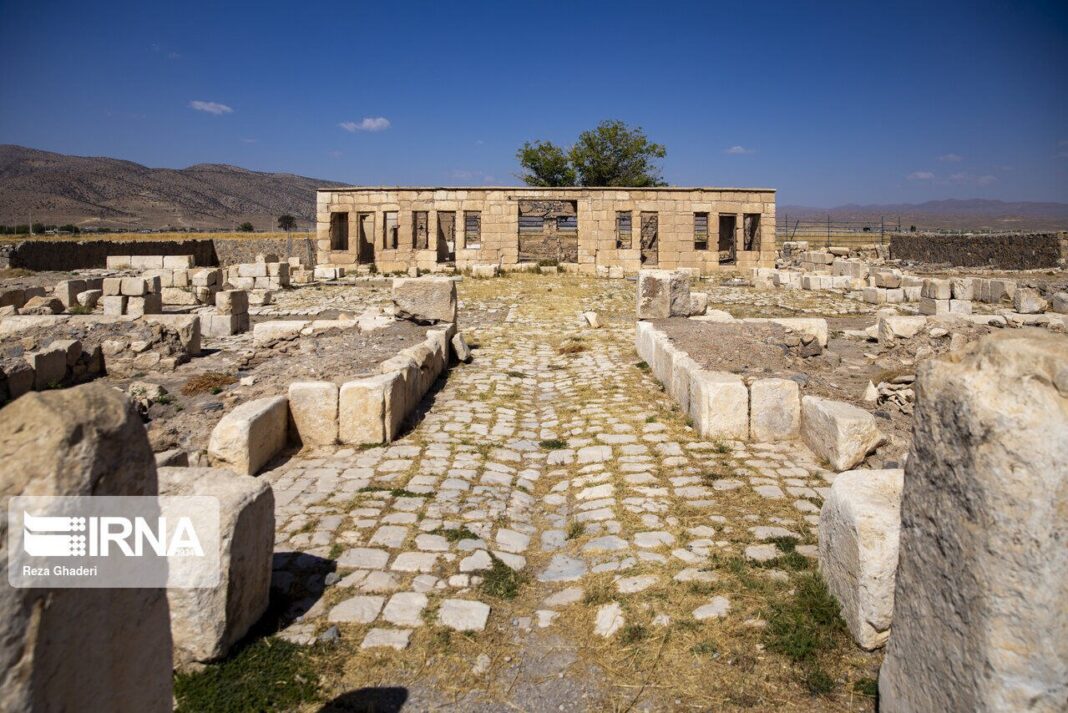Their findings are based on magnetic maps drawn in the southeastern part of the royal garden of Pasargadae Complex.
Director of Pasargadae World Heritage Site Afshin Ebrahimi told IRNA that the pool was discovered in the fifth phase of the archaeological work of Iran and France scientific teams.
In this phase of the team’s work, sections between the main palace and the public palace, and an area between the inn and the tomb of Cyrus the Great were explored, he noted.
Ebrahimi said that after the excavations in the garden area there were six holes, showing that the pool probably had water inlets belonging to the Achaemenid era.
He stated that the boundaries of the royal garden belong to the Achaemenid period and a trapezoidal pool was first observed.
“The fifth phase of the archaeological cooperation between Iran and France at Pasargadae Complex was carried out on the basis of a memorandum of understanding concluded five years ago. This phase was carried out by magnetometry at the Pasargadae World Complex and during these five stages all the costs of research and excavation were paid by the University of Lyon and the Iranian team also supported these activities.
The complex includes buildings such as the tomb of Cyrus, Pasargadae, Pasargadae Royal Garden, Gate Palace, Public Palace, Special Palace, Two Towers, King’s Garden Fountains, Cambyses Tomb, Defence Structures, Mozaffari Caravanserai, Holy Campground, and Bolaghi passage.
The collection is the fifth in the list of Iranian World Heritage Sites and was registered at the UNESCO meeting held in China in July 2008.
